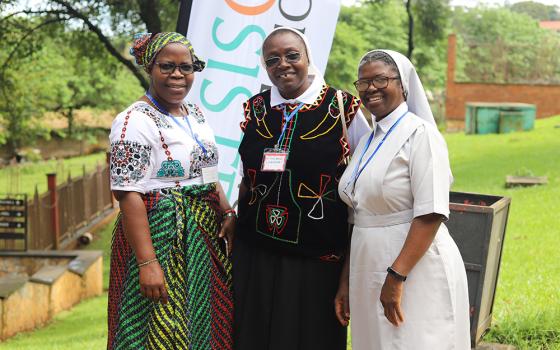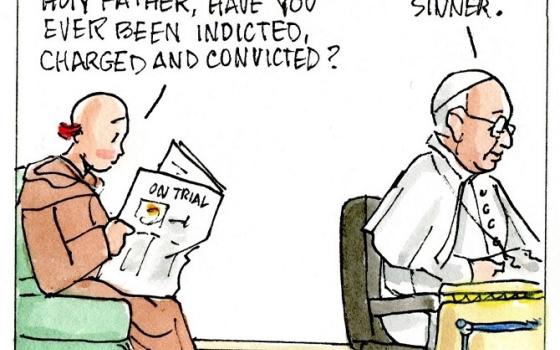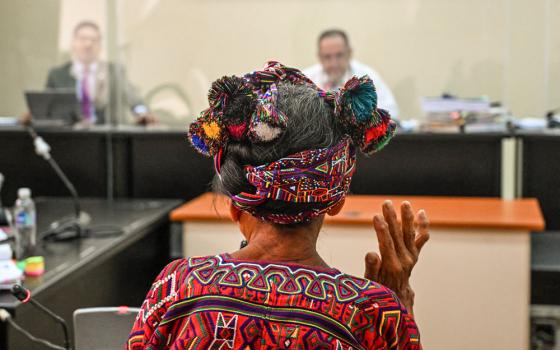 After we posted the obituary/appreciation of Raimon Panikkar, "the apostle of inter-faith dialogue,", we received a number of questions about why the article made no mention of Panikkar's marriage.
After we posted the obituary/appreciation of Raimon Panikkar, "the apostle of inter-faith dialogue,", we received a number of questions about why the article made no mention of Panikkar's marriage.
We had no immediate answer to that question, but set about looking for an answer.
I phoned and e-mailed several renowned scholars familiar with Panikkar's life and work. None could give an adequate answer to the question.
Apparently Panikkar was married in a civil ceremony when he was about 70 years old. That was rather widely known, but few other details were known. No one I spoke with knew who the woman was. They said that either Panikkar and the women never actually lived together, or lived together only briefly. Panikkar never ceased functioning as a priest and he continued teaching and writing as a respected Catholic scholar and as guest and speaker at conferences.
Finally we heard from two scholars.
First was this e-mail from Jesuit Fr. Francis X. D'Sa, the director of the Institute for the Study of Religion in Pune, India, and a Panikkar expert. D'Sa prefaced his statement with this personal note:
There is no question of polarising the two by asking which approach is right but, as Panikkar would say, of sustaining the polarity between them. Only then will it be possible to build bridges between the two worlds.
This is D'Sa's explanation of Panikkar's marriage.
Later on in Spain when Panikkar arranged a short stay for me with his sister I broached the subject again. She confirmed the explanation but added that she and her sons felt that it was not right to get another person involved in his sign of protest.
A fellow Jesuit told me that when asked about his marriage Panikkar had said that he had infringed a church law only, not any of the beliefs of Christianity.
Years later in one of our meetings his sister told me that Panikkar realized that his sign of protest had been ineffective and that he had made a mistake.
Panikkar himself told me that his bishop Patrick D'Souza (Diocese of Varanasi) had satisfactorily settled in Rome the matter of his marriage and that he was happy that this was done.
Finally when Panikkar and I were speaking about Cardinal Ratzinger he said to me that Cardinal Ratzinger had personally replied to a letter of his in a very positive pastoral spirit. But Panikkar didn't divulge the concrete contents of his letter. In the context I took it that it referred to his marriage.
Shortly after receiving D'Sa's e-mail, I receive an e-mail from Dr. Michael von Brück, a professor of religious studies at the University of Munich, Germany. He said this:
What this means is what he tried to understand and exemplify in his decision to marry as a priest – he wanted to "experiment with truth" (as Gandhi put it). Combining the spiritualities of both East and West, he hoped that his marriage would be a symbol of new possibilities, for himself and others. In taking this bold decision, he encountered difficulties and strains -- both internal doubts and external misunderstandings. To the end, he was faithful to the never finished task of bringing his life closer to his ideals.



